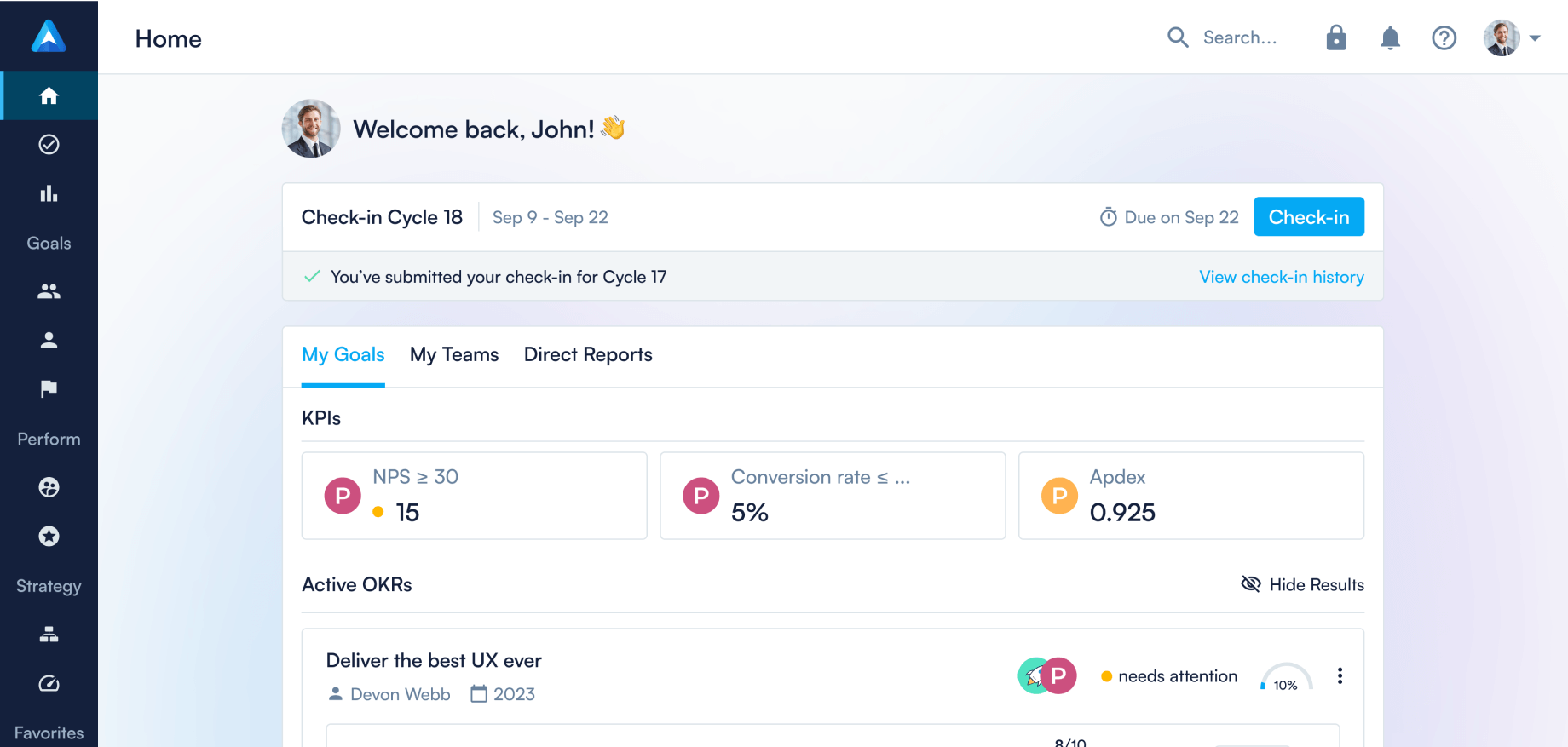
Why it's time for transparency in the workplace

Startups are creating the new rules of work, and one big rule they’re championing is transparency in the workplace. Part of a growing trend toward building brands both for customers and for employees, transparency in the workplace has become a hot topic, especially in older, more traditional companies.
It used to take a typical Fortune 500 company 20 years to grow to a $1 billion market capitalization. Today’s startups like Tesla, Uber, and WhatsApp achieved this in less than 4 years (SnapChat and Oculus Rift in less than 2). Consequently, the average lifespan of an S&P 500 company has decreased from 67 years in the 1920’s to 15 years today. Regardless of age or size, the need to stay ahead of the curve has never been higher. By taking cues from the modern startup playbook, traditional companies can compete.
The key to organizational success is talent. Companies struggle to find great people and when they do, they have a hard time keeping them onboard. However, by building a strong internal culture, where employees are engaged and decision making is transparent, companies stand to distinguish themselves from the competition and attract top talent.
Transparency in the workplace increases engagement
Being emotionally involved, committed, and engaged at work is becoming an increasingly important factor to the modern employee. For an employee to become engaged, there needs to be a relationship between them and the place they work. Since it’s hard to be emotionally involved in a relationship without knowing the other person, it is likewise hard for an employee to be engaged without knowing the organization.
When surveyed, a shocking 58% of employees had no idea of the mission and vision of the company they work for. When you realize that modern employees are becoming more and more purpose-oriented, that number sounds even more alarming. Over 30% of employees count their organization's purpose as a key factor in their decision to work there. Organizations should welcome this trend: research by Imperative shows that purpose-oriented employees are consistently “the most valuable”.
Purpose-oriented people in general have a deep-rooted need to feel part of something greater than themselves. Satisfying this need for belongingness increases employee engagement and unlocks their full potential.
Companies that increase transparency in the workplace by clearly communicating mission, vision, and goals will become the future leaders. Their highly committed workforce, aligned behind common goals and values will build the Googles and Intels of tomorrow. With 70% of employees surveyed feeling disengaged at work, transparency in the workplace could even turn into a strategic advantage.
Transparency on goals increases your clout

"Oxford rowers" by Chris Hills is licensed under CC BY-SA 2.0[/caption]
Imagine you’re participating in a rowing race. Everyone in your boat is blindfolded, you cannot hear or see a thing. In the competing boat, however, no one is blindfolded. Who is more likely to win?
Since the rowers in the other boat can see each other, they can align their strokes which will give a massive boost to their combined efforts. The blindfolded rowers will be left behind, uncoordinated, with no clear direction, each individual rowing furiously but going nowhere fast.
Many companies behave like a blindfolded rowing team. The larger an organization grows the more departments and teams tend to drift off and become siloed. Gillian Tett, Managing Editor of the Financial Times, devoted an entire book to the destructive effects coming from this so-called silo effect.
By making individual, team, and departmental goals visible to the entire organization, everyone can see what others are working on. This also gives employees a clear understanding of how their own efforts align or don’t align with those of others. By aligning themselves toward common goals, your employees increase the impact of their work exponentially, increasing focus on the work that really makes a difference. Just like the rowing team, when your organization can see where it’s going and everyone is rowing in the same direction, you’re much more likely to win the race. Breaking down organizational silos is one area where OKR really shines.
Transparency on goals improves motivation
When employees were asked what was holding their company back, 50% pointed the finger at a lack of company-wide transparency. More than 70% of employees felt that managers were not spending enough time explaining the reasons why their goals were important or how they were going to make an impact.
The power of Why is fantastically explained in this video by Simon Sinek, the bottom line being that it inspires action. It motivates people. Even without alignment, transparency can boost intrinsic motivation. Sharing what the company, department, and team goals are—and where the company/department/team is heading—sets a clear, unambiguous direction. Employees are more likely to align their work to these higher level goals (provided they can see them).
How we deal with transparency
At Perdoo we are a strong proponent of transparency and have made it a key feature of our culture and product.
This is what we do to keep transparency high:
- We use Perdoo :-) Yes, we eat our own dog food. Our software allows our team to see in real-time what everyone in the company is working on and how they contribute to the company goals. Every team has their team’s dashboard displayed on a TV in their office (we use a simple Chromecast stick for this).
- We have real-time dashboards for KPIs & metrics: Our most important KPIs & metrics are displayed on a TV in our lobby. Everyone is always up to date on the number of signups and sales, as well as our product engagement and success metrics. We even display metrics for our support tickets and bug reports.
- We host weekly show & tell events: At the end of every week, every team member has 5 minutes to present his or her past week’s achievements and challenges for the coming week. This ensures everyone remains fully up-to-date on what’s going on. To ensure transparency for those who cannot be in the office, a summary is shared via the relevant Slack channels.
From this we’ve experienced first-hand how transparency helps keeping your team engaged, motivation high, and ultimately results in more joy and success—both for your customers and your company.
Conclusion: Transparency boosts performance & happiness
The sum is that transparency boosts performance and at the same time increases employee happiness. A study by TinyPulse even listed internal transparency as the number one contributor to employee happiness.
Transparency has become a necessity for the modern, inspiring workplace. Neglecting it can come at high costs while taking it seriously can provide enormous benefits.
FAQ
Continue reading...


Why you shouldn’t outsource OKR to HR


How to embed goals in performance reviews






